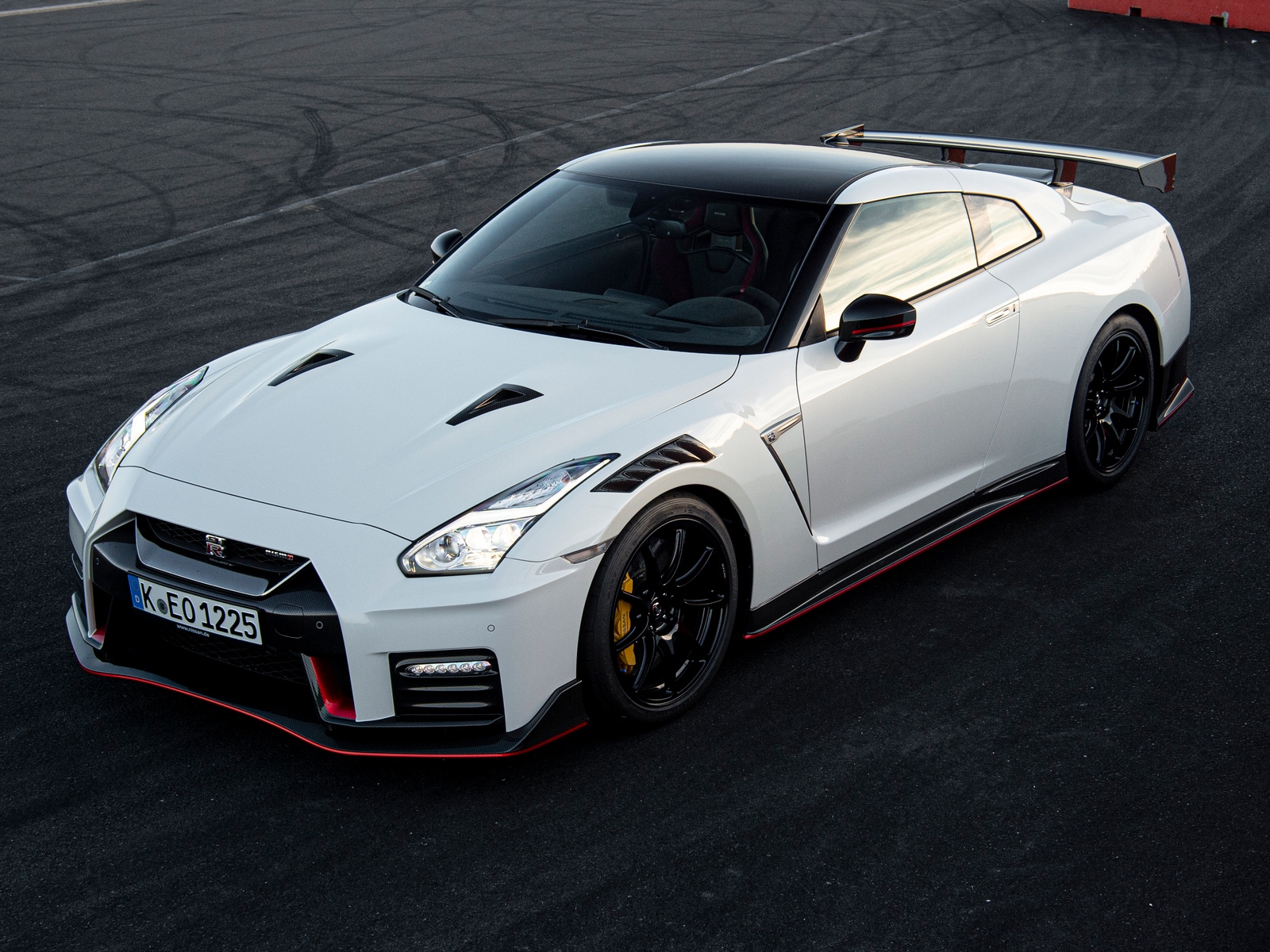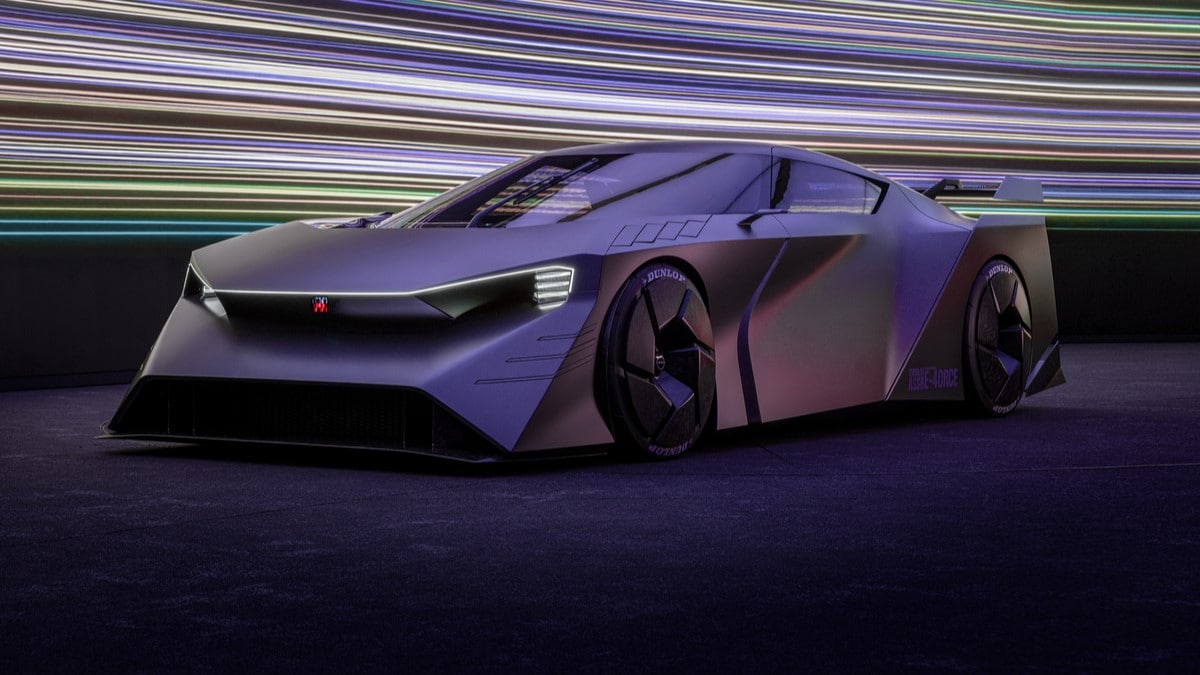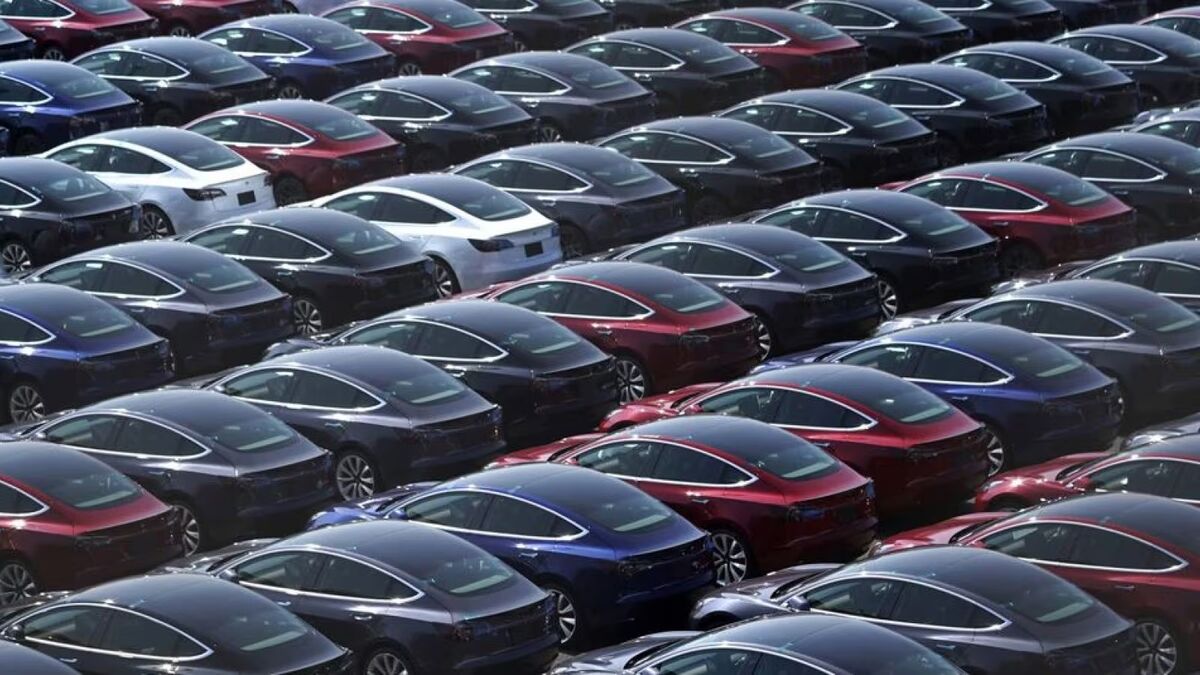Automakers have spent years teasing a new type of battery that could revolutionize electric cars. A new report says it will reach sales lots in 2028, and the first car to carry it will be a headline-grabber.
The U.K.’s Autocar reports that the first car sold with a solid-state battery will be an all-electric successor to the mighty Nissan GT-R.
There’s a lot to unpack here, so let’s start opening zippers:
About Solid-State Batteries
Most of today’s electric vehicles (EVs) use lithium-ion batteries like those found in cell phones and laptops. That technology has allowed EVs to go mainstream, but it has serious limitations.
Related: What Is a Solid-State Battery for an Electric Car?
Li-ion cells are heavy, for instance, which limits the performance of the cars they power. That weight can also pose safety risks — it could require new highway guard rails and more robust crash-testing equipment.
All batteries work by passing electrons from a positively charged pole called a cathode to a negatively charged pole called an anode. Lithium-ion cells pass them through an electrolyte solution made of dense gel. Much of their weight is, essentially, water.
They require rare Earth minerals. Building millions of them requires new worldwide supply chains, which can reshape whole economies and global politics. Much of the policy behind America’s $7,500 federal EV tax incentive, for instance, is designed to help develop supply chains outside of China.
And the gel they contain can be volatile, contributing to fires.
Many energy companies and automakers are hard at work developing an alternative that, they believe, could radically reshape the economics and environmental impact of electric cars.
So-called solid-state batteries have a solid electrolyte in place of the gel. They are lighter, less fire-prone, require fewer rare metals, charge faster, and hold more energy in the same space.
That could allow automakers to design cars with smaller, lighter batteries and similar range to today’s EVs. Or it could let them sell EVs with similarly sized batteries and far longer ranges.
If EVs could travel farther between charging sessions, that would lighten demand for chargers.
About the Next GT-R and its Future

The Nissan GT-R is an exceptional car and an important part of recent automotive history. But it is headed into the sunset, due to be retired after the 2024 model year.
The GT-R first appeared in 2007 and stunned the automotive world. The automotive press nicknamed it Godzilla – a fierce beast out of Japan that seemed nuclear-powered.
A muscular coupe covered in vents and aerodynamic enhancements, it threatened the performance of quarter-million-dollar supercars for a fraction of their price.
Just four workers at a time hand-build the turbocharged V6 engine at the heart of the beast. The top-of-the-line Nismo edition gets from zero to 60 mph in 2.5 seconds and tops out at 205 mph.
But the car is, incredibly enough, full of outdated technology. Nissan stopped selling the car in Australia rather than keep pace with new side-impact regulations and pulled it from the U.K. market when new noise regulations kicked in.
So those four master engine craftspeople are spending 2024 building the last few examples.
The name, however, may not stay retired.
Last year, Nissan revealed a concept car called the Hyper Force Concept. It looked like a GT-R from a high-tech future. Its lines were an obvious homage to Nissan’s best performance car. Nissan didn’t hide from the comparison. They said it had two drive modes, called “GT” and “R.”
But it was designed for the electric age, with active aerodynamics and futuristic styling. Mecha Godzilla, if you will.
Now, Autocar says, “Solid-state batteries are likely to appear first in the production version of Nissan’s Hyper Force concept, the radical electric successor to the Nissan GT-R.”
Nissan Could Do This First
Several companies have been publicly racing to bring solid-state batteries into production first. The batteries have proven challenging to build at scale, requiring exceptionally dry conditions during construction. But the first company to make large-scale production practical could reshape the transportation world.
A Toyota executive speculated earlier this year that the company could sell a solid-state-battery-powered EV “in a couple of years.”
BMW announced plans to road-test experimental versions in 2023.
But no company has been as public about its plans as Nissan. The company regularly updates the press on its progress and projected last year that it could have the batteries in large-scale production by 2028.
Notably, that’s the timeline Autocar projects for the future GT-R.
When it arrives, it will be pricey. Ivan Espinosa, Nissan’s global vice president of product planning, told Autocar “initially, the cost might be high.” But, he noted, “As the technology matures, costs will go down. And because it has greater density, you need less material per battery in order to deliver the same amount of power, so the overall cost should be competitive.”








